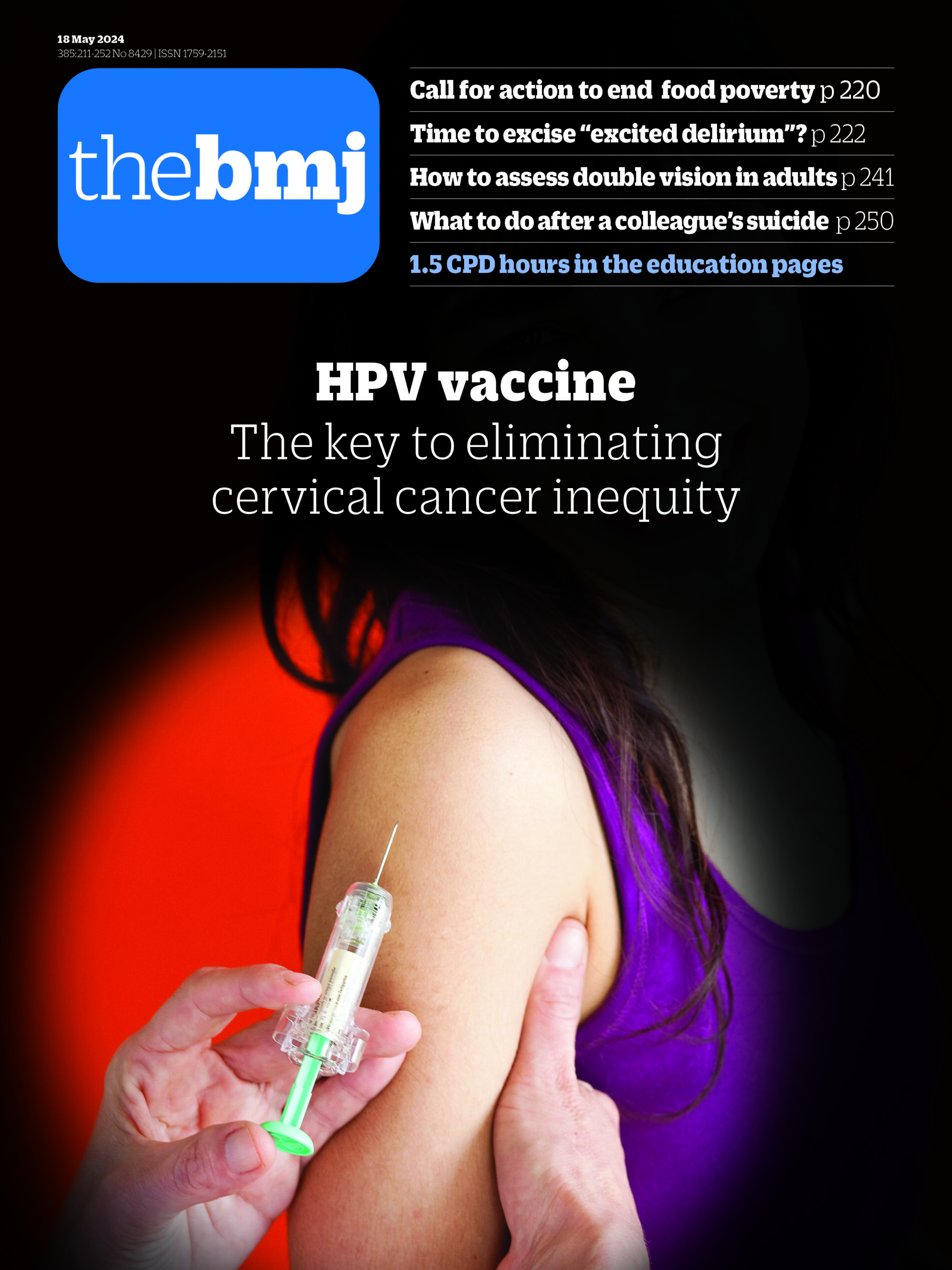Produodopa provides infusion of levodopa-based drug combination to patients
Irish patients with advanced Parkinson’s disease are to benefit from a new wearable kit that provides 24-hour treatment for their condition.
Health authorities here have granted reimbursement for Produodopa, which uses a pump to release medicine into the bloodstream. The treatment is combination of foslevodopa and foscarbidopa, and has been authorised for patients with advanced levodopa-responsive Parkinson’s disease.
Manufactured by AbbVie, Produodopa is a subcutaneous 24-hour infusion of levodopa-based therapy for the treatment of severe motor fluctuations in people living with advanced Parkinson’s disease whose symptoms are inadequately controlled by other therapies.
The treatment aims to extend the period where Parkinson’s symptoms can be controlled. It can be prescribed here for patients with severe motor fluctuations and hyperkinesia (excessive movement) or dyskinesia (involuntary movement), and where other treatments are not effective.
It is estimated that around 15,000 people in Ireland are living with Parkinson’s disease. The neurodegenerative disorder is characterised by tremor, muscle rigidity, slowness of movement and difficulty with balance.
As Parkinson’s progresses, standard treatment can become less effective, meaning that new treatments for advanced stages of the disease are required.
“People living with Parkinson’s disease experience daily challenges and uncertainty, especially as their disease progresses and symptoms are no longer adequately controlled” said Andres Rodrigo, General Manager of AbbVie in Ireland. “I welcome the availability of foslevodopa/foscarbidopa for the therapeutic management of Parkinson’s disease in indicated patients.”
Produodopa works by turning foslevodopa into the chemical dopamine, which helps transmit messages between the parts of the brain and nerves that control movement. This in turn helps manage Parkinson’s symptoms.
The treatment is controlled by a small automatic pump, which has the option of a manual boost if needed.
The authorisation of Produodopa was supported by three studies which looked at its safety and efficacy in comparison to other treatment options available. In one study, reductions in motor fluctuations emerged after one week of treatment and continued throughout the 12-month trial’s duration.
The most frequent adverse reactions (greater than or equal to 10 per cent) were infusion site events such as erythema or cellulitis, as well as hallucination and anxiety. Most infusion site events were non-serious, mild or moderate in severity and resolved spontaneously or with treatment.










